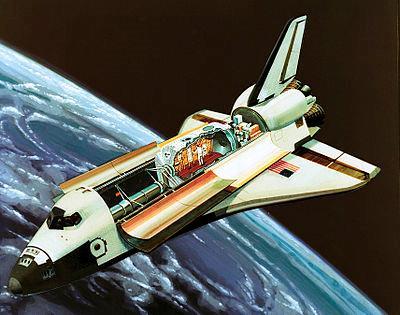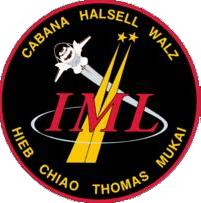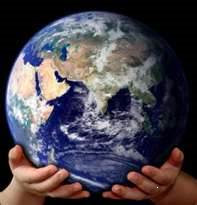Carl E. Walz
Spacelab 019 - STS-65
Mission Name: IML-2
Astronauts:
Command Pilot:
Robert D. Cabana
(Third Space Flight)
Pilot:
James D. Halsell
(First Space Flight) Mission Specialist 1:
Richard J. Hieb
Payload Commander Mission Specialist 2:
(Second Space Flight)
Mission Specialist 3:
Leroy Chiao
(First Space Flight) Mission Specialist 4:
Donald A. Thomas
(First Space Flight) Payload Specialist 1:
Chiaki Naito-Mukai
NASDA
(First Space Flight)
Spacelab was a reusable laboratory used on certain spaceflights flown by the Space Shuttle. The laboratory comprised multiple components, including a pressurized module, an unpressurized carrier and other related hardware housed in the Shuttle's cargo bay. The components were arranged in various configurations to meet the needs of each spaceflight.
Spacelab components flew on 22 Shuttle missions between November 1983 and April 1998. Spacelab allowed scientists to perform experiments in microgravity in Earth orbit.
Primary payloads were U.S. Microgravity Payload-2 (USMP- 2) and Office of Aeronautics and Space Technology-2 (OAST- 2). USMP-2 included five experiments investigating materials processing and crystal growth in microgravity, while OAST-2 featured six experiments focusing on space technology and spaceflight. Both payloads were located in the payload bay, activated by crew and operated by teams on the ground. USMP-2 experiments received emphasis at beginning of flight; later in mission Columbia's orbit lowered about 20 nautical miles to facilitate OAST-2 experiments.
Crew worked with experiments located both in middeck and payload bay. These included Dexterous End Effector (DEE), a new magnetic end effector and grapple fixture design being tested for use on remote manipulator system arm; Shuttle Solar Backscatter Ultraviolet/A (SSBUV/A) and Limited Duration Space Environment Candidate Material Exposure (LDCE), all in payload bay. Middeck experiments were Advanced Protein Crystal Growth; Physiological Systems Experiment (PSE); Commercial Protein Crystal Growth (CPCG); Commercial Generic Bioprocessing Apparatus (CGBA); Middeck 0- Gravity Dynamics Experiment (MODE); Bioreactor Demonstration Systems (BDS); Auroral Photography Experiment (APE-B). Air Force Maui Optical Site Calibration Test (AMOS) requires no onboard hardware.
Crew also conducted number of biomedical activities aimed at better understanding and countering effects of prolonged spaceflght.
(Third Space Flight)
Spacelab Space Missions
Study Research
Space Cosmology
Science Research
*
About
Science Research
Science Theories
Site Map
BookShelf
Desk
Copyright © by Nigel G Wilcox · All Rights reserved · E-Mail: ngwilcox100@gmail.com
Designed by Nigel G Wilcox
Powered By AM3L1A
Pages within this section: Spacelab 01-32
Spacelab B11-20
Sub-Menu
11
M
menu
12
13
14
15
16
17
8
19
20
18
>>>
C
SM









